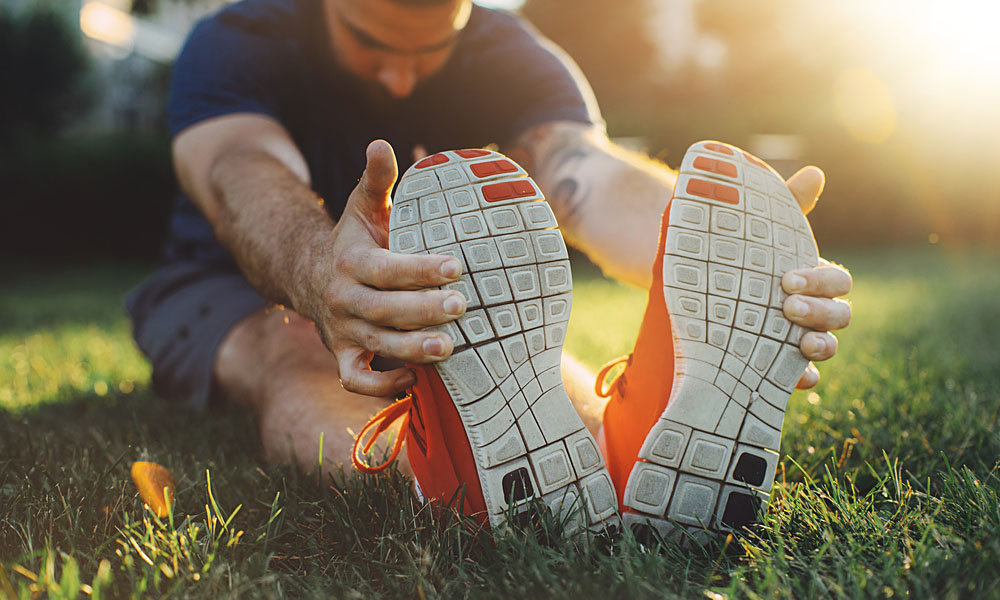
What is Real Exercise?
Here are some classic Chinese proverbs that indicate the importance of exercise for good health and longevity.
“Men are born soft and supple, dead they are stiff and hard.
Plants are born tender and pliant; dead, they are brittle and dry.
Thus whoever is stiff and inflexible is a disciple of death.
Whoever is soft and yielding is a disciple of life.
The hard and stiff will be broken.
The soft and supple will prevail.”
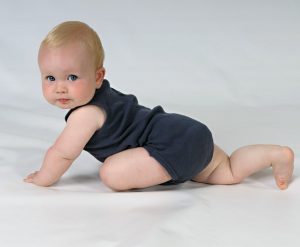
“Prolonged sitting damages the flesh and prolonged lying damages the Qi.”
“Make time to exercise or make time for disease.”
“Movement is Medicine.”
These quotes clearly indicate that we need to regularly move our body. We need to mobilise the skin, fascia, muscles, tendons, ligaments, joints, bones, organs, Qi, blood, and body fluids to keep them flexible, strong, supple, mobile, and functioning at their optimum. This will help you achieve what the Chinese call ‘free flow’ throughout the body. To the Chinese free flow equates to no blockages that can lead to illness or degeneration. My Qigong teacher, Master Zhao, explains that we experience 5-6,000 blockages in our body. Every day! Most of them resolve naturally, but there are some that don’t. And if you are not exercising or eating well, have emotional disturbances, or a lack of rest, then the more likely you are to have blockages. You may start to have symptoms that can progress into illness if they are not resolved through treatment or lifestyle changes. Exercise can remove blockages and restore free flow. To achieve this you need to make sure your exercise encompasses five parts. These are :
- Loosening
- Toning
- Stretching
- Breathing
- Exercising conscious thought or Meditative Awareness.
These 5 aspects are what constitute ‘real or true exercise’. This refers to exercise that has conscious focus on specific elements to result in the most health benefits. This is different to your sport, or hobbies, or just having some active fun. Although, each of these are still very necessary to achieve health and happiness.
1. Loosening – this may be the most important part of any exercise regime as it relieves tension and stiffness from the muscles, joints, meridians (energy channels), and skin. It also warms these structures in preparation for the more physical aspects of exercise, therefore avoiding possible injuries. Loosening allows for the Qi and blood to begin to flow smoothly throughout the body. Tai Chi and Qigong are two Eastern arts that constantly call for a lack of tension. The Asian massage therapies, self massage included, also help to loosen the body’s structures.
2. Toning – keeps the muscles and Qi in the right shape and in the right areas of the body. Any of the traditional Martial Arts and Qigong forms will keep muscles toned without building excess muscle size. The ligaments, tendons, and bones are strengthened, circulation of Qi and blood increases, and the internal supply of Qi to the organs is enhanced.
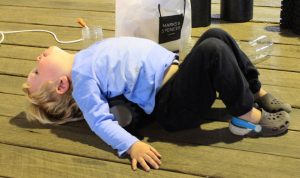 3. Stretching – is vital for optimum health and fitness levels. Without some form of stretching before and after exercise, especially if you are training any of the harder, more physical styles of exercise, you will never advance and recuperate as well as you could. Stretching in some form or another is recommended daily if you want your joints, muscles, Qi, and blood to move smoothly. There are many forms of stretching in Asia. The Japanese system of Jikyo Jitsu uses 31 stretches that move three joints each, moving the 93 joints of the body. There is another Japanese system called the Makko – Ho, which uses 6 stretches that stimulate and improve the Qi flow of the 12 main meridians of the body. There are also many styles of Yoga, Tai Chi and Qigong that will provide adequate daily stretching routines. Kit Laughlin’s Stretch Therapy™ is excellent for increasing flexibility and diminishing pain and stiffness.
3. Stretching – is vital for optimum health and fitness levels. Without some form of stretching before and after exercise, especially if you are training any of the harder, more physical styles of exercise, you will never advance and recuperate as well as you could. Stretching in some form or another is recommended daily if you want your joints, muscles, Qi, and blood to move smoothly. There are many forms of stretching in Asia. The Japanese system of Jikyo Jitsu uses 31 stretches that move three joints each, moving the 93 joints of the body. There is another Japanese system called the Makko – Ho, which uses 6 stretches that stimulate and improve the Qi flow of the 12 main meridians of the body. There are also many styles of Yoga, Tai Chi and Qigong that will provide adequate daily stretching routines. Kit Laughlin’s Stretch Therapy™ is excellent for increasing flexibility and diminishing pain and stiffness.
From these first three aspects of real exercise already we can see that there are vast differences between the exercise ideas of the East and West. When you ask people if they exercise, they usually reply with “sure, I play tennis, golf, swimming, squash, etc”. But these cannot be truly called real exercise for your body as a whole and complete routine. These are sports and hobbies, not exercise in the real sense. I do not mean to say that you should give up your sport! They will exercise you aerobically, and they do definitely involve aspects of toning, but most importantly they are your fun time. And these days, we all need some fun time! But at the same time, too much vigorous sport places strain on muscles and joints. The idea is not for you to give up the sport you enjoy, but to add some of the loosening, toning, and stretching to really exercise your body. Hopefully then you can continue to play the sport you love for much longer.
This brings us to the other difference between exercise for fun and exercise for health and longevity. As you get older you tend to find them more difficult to do, whether through injury or lack of energy and physical function. This is where many of the varied systems from East Asia come into their own. The more you do them the better you get!!
Let’s look at the next two aspects that are vital for real exercise.
4. Breathing – breathing and its conscious regulation constitutes a major part of Eastern exercise, and according to traditional East Asian medical theory, the natural breathing rate of a person is still one of the parameters of their state of health. The differences between East and West are as apparent here as in the other facets of exercise. The West generally concentrates on the respiratory function, the increase of tidal volume, and sometimes the ability to retain the breath for short periods of violent exercise. Breathing in fact is often regarded as a limiting factor and some exercises concentrate on how to remove the inconvenience of having to breathe during times of exertion. Eastern thinking regards breathing as the first, essential stage of a perpetual recharging of the body’s energy and exercises focus on how to do this most efficiently.
The ancient Chinese also believed that we were born with a specific number of breaths and heart beats. The quicker you used them the sooner you would reach a stage of degeneration, old age, and death. Therefore, we may wonder, what is the sense behind Western exercise where you huff and puff as you struggle to get your heart rate through the roof to get fit. This theory may explain why super fit triathletes and ironmen drop dead from heart attacks and strokes for no apparent reason. The Chinese line of thought is to regulate your breath, heart rate, and mind to achieve fitness. But their view of achieving fitness is not one of a red face, gasping for breath, with a thumping heart rate, and a scattered, racing mind. They prefer slow breathing and heart rate, calm mind, and where appropriate, sweating. Believe it or not you will achieve greater health, a different but more valuable type of fitness, and most importantly, a longer life if you follow the systems of the East.
For example, every day we direct Qi and blood to various parts of the body to take care of stress, but this direction is usually done unconsciously or subconsciously. Traditional Eastern philosophies see the body becoming distorted and unbalanced due to everyday life, work, and play, and their pressures and stresses placed on the body and mind. Qigong, Tai Chi, Meridian Stretches, Kung Fu, and Stretch Therapy™ are designed to stress and relax all parts of the body in sequence. This produces a pump-like action which directs Qi and blood in a rhythmic flow, energising and revitalising constricted areas, muscles, and organs. Slow, gentle, deep breathing in conjunction with the movements helps to direct smooth Qi and blood flow. Once this is achieved it will prevent degeneration of your health and slow the aging processes.
5. Mental Exercise / Meditation – not only do the physical aspects of Eastern exercise promote health and 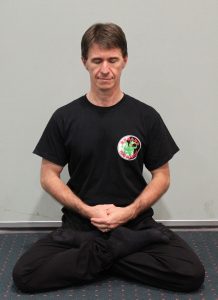 longevity, but so will meditation. Meditation can be performed passively (standing, sitting, or lying) or actively (Tai Chi, Qigong). We need this quiet form of exercise to balance the active forms. Without this stillness of mind we may build our Qi to a level where it adversely affects our mind, thinking processes, emotions, our rest, and sleep. It is during the stillness of mind exercises that our Qi flows harmoniously, balancing the Yin and Yang of the body, calming the mind and emotions, and cleansing the meridians. Meditation will concentrate the Qi through the meridians and into the energy centre of the body, known as the dan tien (one hand space below the navel). This is important to take stress and excess Qi away from the head, face, and upper body that accumulates during the more physical exercises, and from modern day life, work, and stress.
longevity, but so will meditation. Meditation can be performed passively (standing, sitting, or lying) or actively (Tai Chi, Qigong). We need this quiet form of exercise to balance the active forms. Without this stillness of mind we may build our Qi to a level where it adversely affects our mind, thinking processes, emotions, our rest, and sleep. It is during the stillness of mind exercises that our Qi flows harmoniously, balancing the Yin and Yang of the body, calming the mind and emotions, and cleansing the meridians. Meditation will concentrate the Qi through the meridians and into the energy centre of the body, known as the dan tien (one hand space below the navel). This is important to take stress and excess Qi away from the head, face, and upper body that accumulates during the more physical exercises, and from modern day life, work, and stress.
Some forms of Eastern exercise combine the meditation with the movements, like Qigong and Tai Chi. In fact, Tai Chi is known as the Walking Meditation.
Now, let’s look at some examples of the benefits obtained from these forms of exercise. The first two or three years of my Kung Fu training was very external. That is to say, it involves lots of physical energy from the muscles, joints, and bones, with lots of body movement. This toning prepares the body for the massive amounts of Qi it will learn to generate, as well as the receiving of massive amounts of Qi (strikes to the body and head) when training against a partner. After this many years are done training your tendons and ligaments to stretch (which is the complete opposite to what happens in Western forms of exercise, especially weight training and other sports that rely only on external energy). This stretching and strengthening of the tendons, ligaments, and other connective tissues allows the internal Qi to flow through the body. We also focus on drawing from the earth through the feet and legs, up the torso and spine and out your hands. Just like electricity through a series of cables. In Kung Fu and Qigong your breathing is always deep and from the abdomen. Many forms of internal Qigong are introduced to develop special aspects of the training, and to strengthen the body inside and out.
The Tai Chi is the soft side that balances the hard training of the Kung Fu. The loosening of the body and calmness of the mind are emphasized even more here as the body works to allow powerful Qi flow with minimal effort. Again, Qigong is involved, but it is of a different kind. The breathing is gentler and more relaxed postures and movements are used.
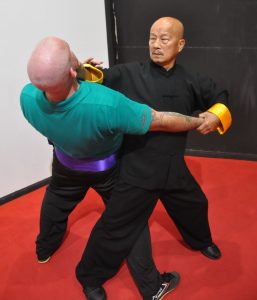 The real beauty of East Asian systems of exercise seems to be their completeness at ‘exercising’ the body and mind, and their disregard for the age of the practitioner. The higher levels of Kung Fu training do attract a special kind of person (people that can handle long term discipline, can maintain focus and determination, that have above average pain thresholds, and do not let reasons and excuses sway them from their course). Where I teach Kung Fu, the ages vary from 4 to 70+ years old. The Tai Chi and Qigong are the same for their indifference to the age of the practitioner. As long as you maintain correct stance and posture you will get the benefit you require from these arts. You can bend your knees an inch, or bend them to 90º, so the elderly or the injured can still gain like everybody else. Our school has Tai Chi practitioners from teenagers to people in their 90’s.
The real beauty of East Asian systems of exercise seems to be their completeness at ‘exercising’ the body and mind, and their disregard for the age of the practitioner. The higher levels of Kung Fu training do attract a special kind of person (people that can handle long term discipline, can maintain focus and determination, that have above average pain thresholds, and do not let reasons and excuses sway them from their course). Where I teach Kung Fu, the ages vary from 4 to 70+ years old. The Tai Chi and Qigong are the same for their indifference to the age of the practitioner. As long as you maintain correct stance and posture you will get the benefit you require from these arts. You can bend your knees an inch, or bend them to 90º, so the elderly or the injured can still gain like everybody else. Our school has Tai Chi practitioners from teenagers to people in their 90’s.
These exercise systems not only benefit the physical body immensely but the mind as well. The mind drives speed, power, concentration, determination, and the hardest of them all, mental quietness. The spirit of a person is nurtured and strengthened with the practice of arts like Kung Fu, Tai Chi, and Qigong. I do not believe there could be a more complete exercise program for maintaining muscle tone, bone density, joint and tendon flexibility, smooth and increased flow of Qi and blood, correct abdominal breathing, a clear and focused mind, vitalising the spirit and love of life, and eradicating years of built up tension from the body and mind, than the many hundreds of traditional Eastern exercise systems.
In clinical practice I often observe patients standing or moving in a restricted fashion which produces strain on the skeleton and the muscles. To correct these faults it is not only necessary to treat them with acupuncture or massage, but to advise home therapy in the form of Tai Chi, Stretch Therapy™, self Shiatsu, self Sotai, or other forms of physical Eastern exercise.
Movement is medicine especially when that movement encompasses the five aspects of real exercise. I can’t stress enough the importance of these ideas if you want to live a long time with all of your physical, mental, emotional, and spiritual faculties still functioning well!
